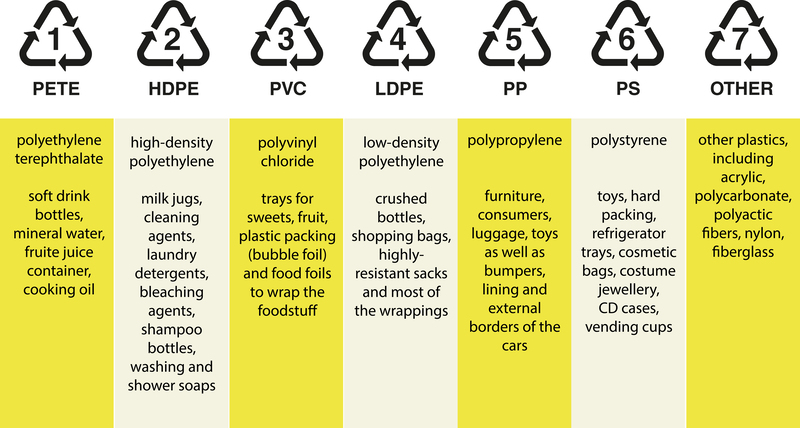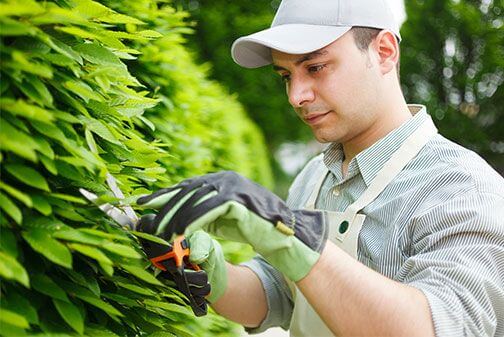The Hidden Problems of Christmas Waste
Posted on 30/08/2025
Christmas is a time of joy, love, and celebration, but it also comes with a downside that many of us often overlook: waste. As the festive season approaches, our consumption patterns increase dramatically, leading to a significant surge in various types of waste. From gift wrapping papers to food leftovers, the waste generated during Christmas has environmental, economic, and social implications that warrant our attention.
Environmental Impact of Christmas Waste
The most apparent concern with Christmas waste is its environmental impact. Tons of wrapping paper, plastic packaging, and discarded Christmas trees find their way into landfills every year. According to a report, approximately 227,000 miles of wrapping paper is used each year in the UK alone. To put that into perspective, that's enough to circle the Earth nine times.

The Issue of Non-Recyclable Materials
Not all Christmas waste is recyclable. Many wrapping papers contain plastic, metallic foils, and non-recyclable dyes, making them unsuitable for recycling. Similarly, many Christmas decorations are made from materials that do not break down easily, contributing to long-lasting environmental harm.
Food Waste During the Holidays
The Christmas season is synonymous with feasting, and unfortunately, it also means a lot of food waste. From uneaten meals to expired leftovers, the amount of food that ends up in the bin is staggering. In the UK alone, it is estimated that discarded food accounts for 230,000 tons during the festive season.
Economic Consequences of Christmas Waste
Christmas waste not only affects the environment but also has economic implications. The cost of managing and disposing of the waste is substantial, contributing to higher expenses for local governments. Additionally, consumers often feel the pinch as they spend more on items that are destined to become waste.
Social Implications
The waste generated during Christmas can also have social repercussions. For instance, the disparity between those who can afford to indulge in festive excesses and those who cannot is stark. The sight of waste can be particularly disheartening for those in need, highlighting the economic inequalities that exist in society.
Pros and Cons of Celebrating Christmas
Pros:
- Brings families and friends together.
- Boosts the economy through consumer spending.
- Encourages acts of kindness and charity.
Cons:
- Generates significant environmental waste.
- Increases financial strain on many households.
- Highlights social and economic inequalities.
Tips to Reduce Christmas Waste
- Use Sustainable Wrapping Paper: Opt for recyclable or reusable wrapping materials. Brown paper, fabric, or newspaper can be creative and eco-friendly alternatives.
- Plan Your Meals: Cook only what you need and make use of leftovers to minimize food waste.
- Choose Real Christmas Trees Wisely: If you use a real tree, make sure to recycle it. Alternatively, consider a potted tree that can be planted afterward.
- Donate Unwanted Gifts: Rather than discarding unwanted presents, donate them to charity.
- Be Mindful of Decorations: Opt for decorations made from sustainable materials and reuse them year after year.

Takeaways
- Christmas is a time of joy, but it also generates significant waste that impacts the environment, economy, and society.
- Much of the waste from the festive season can be attributed to non-recyclable materials and food waste.
- Being mindful of our consumption patterns and opting for sustainable practices can significantly reduce Christmas waste.
Conclusion
While Christmas is undoubtedly a time for celebration, it is essential to acknowledge and address the hidden problems of Christmas waste. By making small, conscious changes to our festive habits, we can celebrate sustainably, reducing the environmental, economic, and social impact of our celebrations. Let's strive to make this Christmas not just a season of joy but also a season of responsibility and sustainability.










